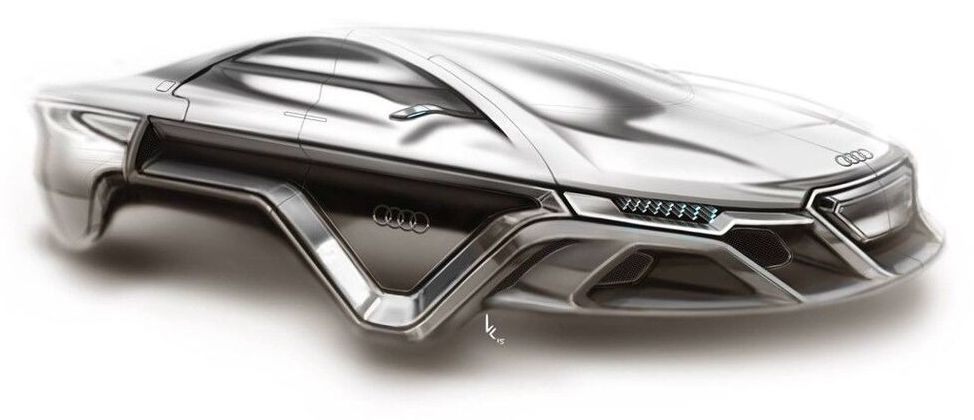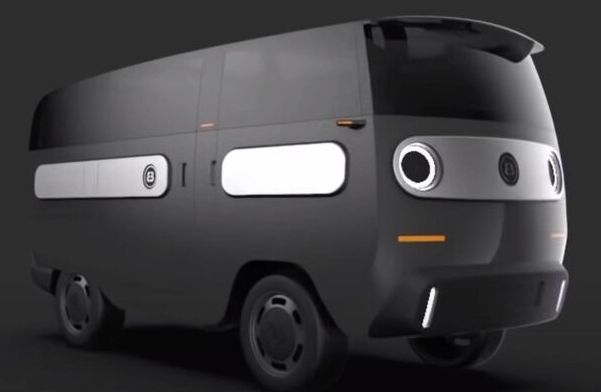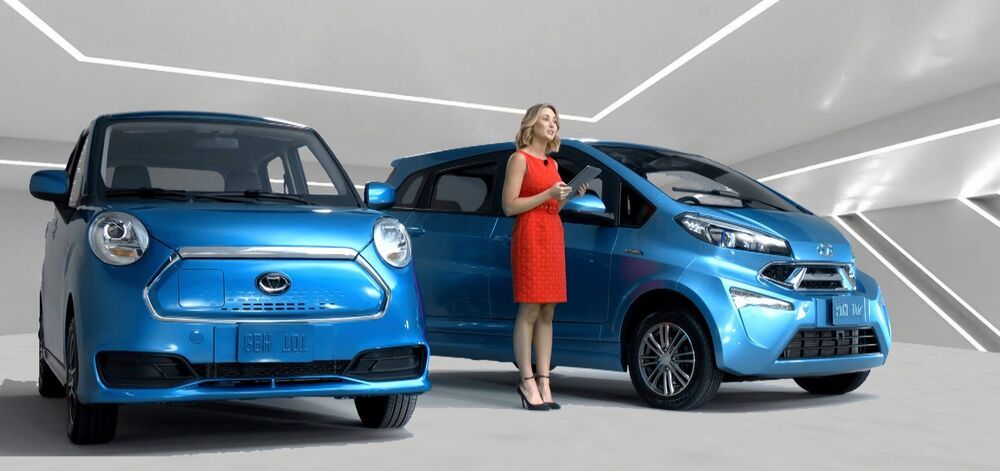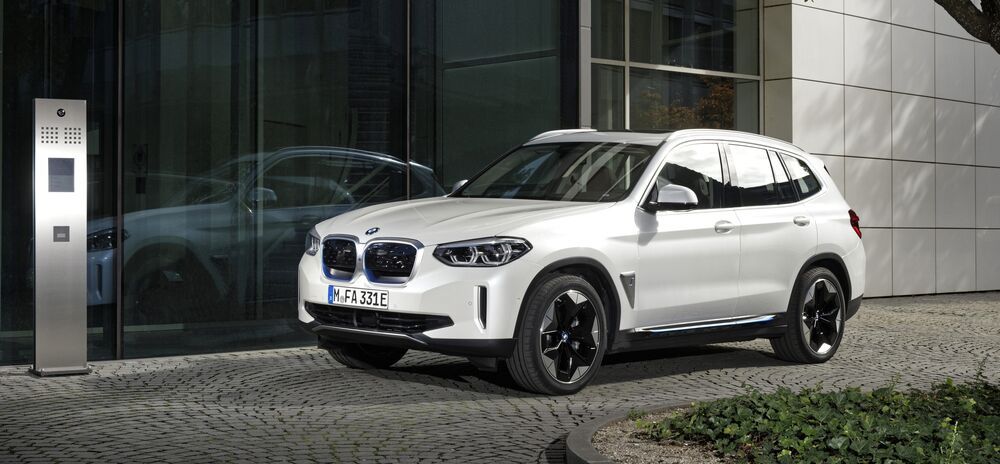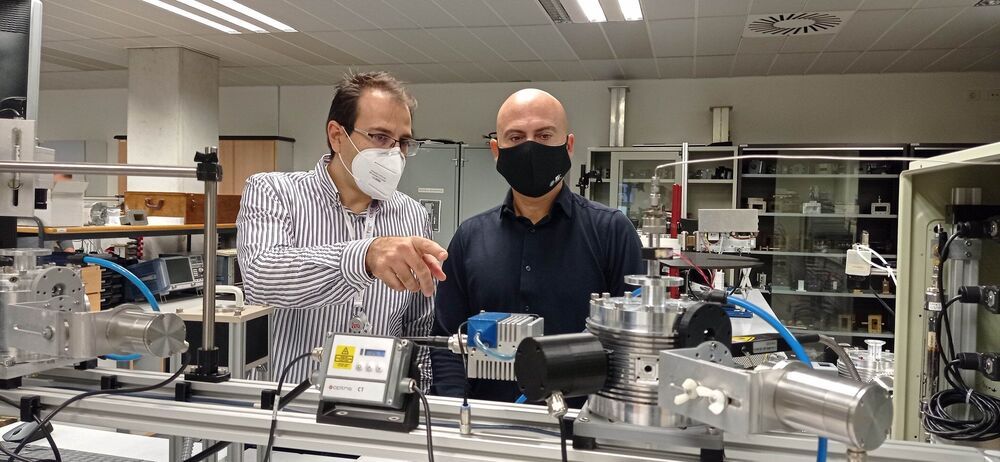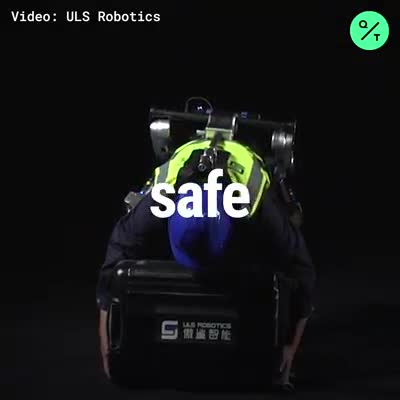The Float is a concept car by Yunchen Chai. It won the design competition hosted by Renault and Central Saint Martins. The participants of the competition had to design a car that emphasized electric power, autonomous driving, and connected technology.
This car uses Meglev technology, is non-directional, and a magnetic belt to attach multiple pods. The Float would even come with an app. This could be the future of car design.
FACEBOOK: https://www.facebook.com/mashable/
TWITTER: https://twitter.com/mashable
INSTAGRAM: https://www.instagram.com/mashable/
